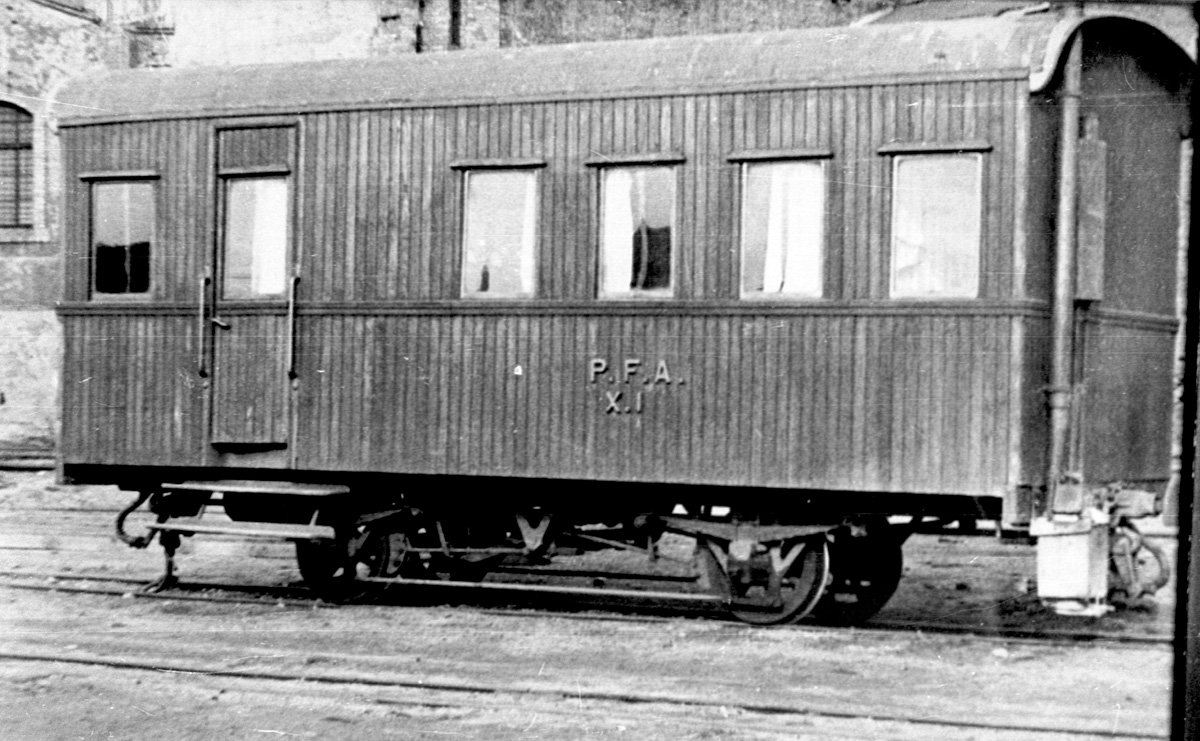La Jayona Mine Greenway Nature Trail
History of the Railway
 We are travelling along the remains of Extremadura's only narrow-gauge railway line. The rest of the region's railway network –including both the lines that were built and those that never became operational– was designed for the Iberian gauge. However, the narrow-gauge trains of the "Sociedad Minero y Metalúrgica de Peñarroya" (SMMP) reached this part of the south of Badajoz in 1895. It took this company two years to lay the almost 70 km of tracks between its mining and industrial area of Peñarroya, in Córdoba, and the modest station of Fuente del Arco in Extremadura. Ten years later, the MZA company brought its line through here, linking Mérida with Los Rosales, a few kilometres away from Seville. This regional capital and its port were the objective of Peñarroya's miners, who wanted a quick, cheap route to export their mining production. The mining train station was therefore erected in Fuente del Arca, beside that of the wide-gauge train. A small railway district was even created for the train workers who handled the manoeuvres of transferring the ore between the narrow and wide carriages.
We are travelling along the remains of Extremadura's only narrow-gauge railway line. The rest of the region's railway network –including both the lines that were built and those that never became operational– was designed for the Iberian gauge. However, the narrow-gauge trains of the "Sociedad Minero y Metalúrgica de Peñarroya" (SMMP) reached this part of the south of Badajoz in 1895. It took this company two years to lay the almost 70 km of tracks between its mining and industrial area of Peñarroya, in Córdoba, and the modest station of Fuente del Arco in Extremadura. Ten years later, the MZA company brought its line through here, linking Mérida with Los Rosales, a few kilometres away from Seville. This regional capital and its port were the objective of Peñarroya's miners, who wanted a quick, cheap route to export their mining production. The mining train station was therefore erected in Fuente del Arca, beside that of the wide-gauge train. A small railway district was even created for the train workers who handled the manoeuvres of transferring the ore between the narrow and wide carriages.
In the first seven years of its history, it only carried minerals and other loads. However, due to local pressure, in 1902 it started to receive passenger trains as well. Meanwhile, the miners saw that there was also interest in extending the railway line from Peñarroya to Puertollano and San Quintín Mine (Ciudad Real). This was planned over the years and in 1924 this 216-km line was completed, being the second-longest metric-gauge one in Spain. This extension led to the creation of a new railway company called the "Compañía de los Ferrocarriles de Peñarroya y Puertollano," which was a subsidiary of the mining company but centred more on providing a universal service rather than just mining operations.
However, due to its poor economic performance after the Spanish Civil War, in 1956 the company was bailed out by means of the public company "Explotación de Ferrocarriles por el Estado," an entity that took charge of failed railways. In 1964, this company became the new narrow-gauge company called FEVE ("Spanish Narrow Gauge Railways"). Nevertheless, by then the railway was no longer required by the mining activity or used by passengers, who preferred, in the 1960s, buses and cars, which were much more efficient. This situation led finally to the line being closed on August 1,1970. Neither diesel trains or steam engines with slow trains would ever again run over those rails that reached Ciudad Real via Cordoba from Badajoz.


